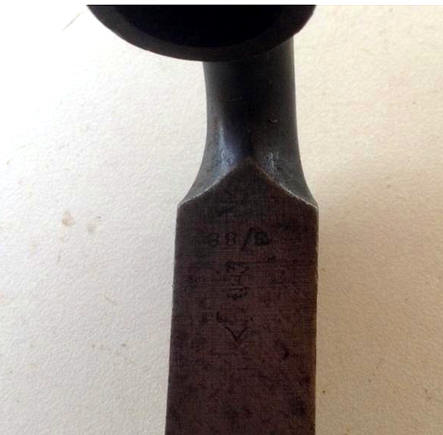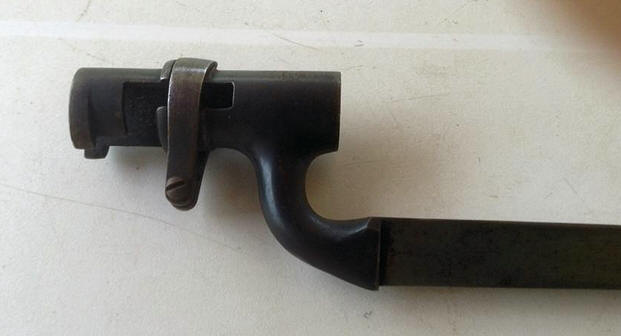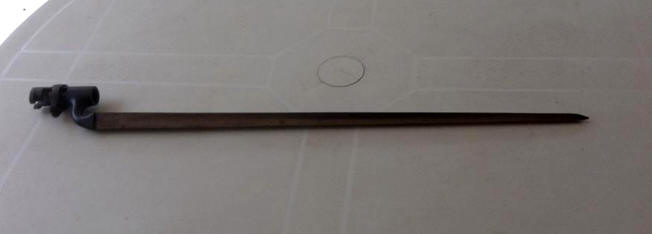Page 1 of 1
Martini Henry Bayonet
Posted: Thu Sep 24, 2015 2:40 am
by DuncaninFrance
Re: Martini Henry Bayonet
Posted: Thu Sep 24, 2015 9:12 am
by Niner
Looks to be in good shape. How about one of the Nepal dug up ones?
http://www.atlantacutlery.com/p-1639-ba ... bbard.aspx
Re: Martini Henry Bayonet
Posted: Wed Sep 30, 2015 5:24 am
by DuncaninFrance
The Pattern 1876 Socket Bayonet is an improved and redesigned Pattern 1853. It was the opinion of many that the Pattern 1853 was too short to make an effective fighting weapon when attached to the rifle. As a result, the Pattern 1876 was lengthened nearly five inches. The cross sectional shape of the 1876 was made equiangular, rather than being wider on the top as was the 1853. Also, since this bayonet was only to be used with breechloading arms, the outward curve was also omitted. Three scabbards were used with the 1876, the MkI, MkII and the MkIII. The MkI scabbard had three rivets on the front face of the leather body, the MkII had two, and the very rare MkIII has a single rivet. These rivets were attached to a long leaf spring which held the bayonet secure when it was in the scabbard. This bayonet was also referred to as the "Long Common Socket Bayonet". Many of these were later converted for use on .303 Caliber Martinis by cutting down and bushing the socket. The sockets were bored, reslotted and a new locking ring, stop and screw installed. After conversion, these bayonets hung below the rifle, instead of to the side. Converted 1876s are sometimes referred to as the 1896 Pattern, but the correct designation is "Bayonet, Martini-Enfield, Triangular".
Overall Length: 25 inches
Blade Length: 21.75 inches
My images...


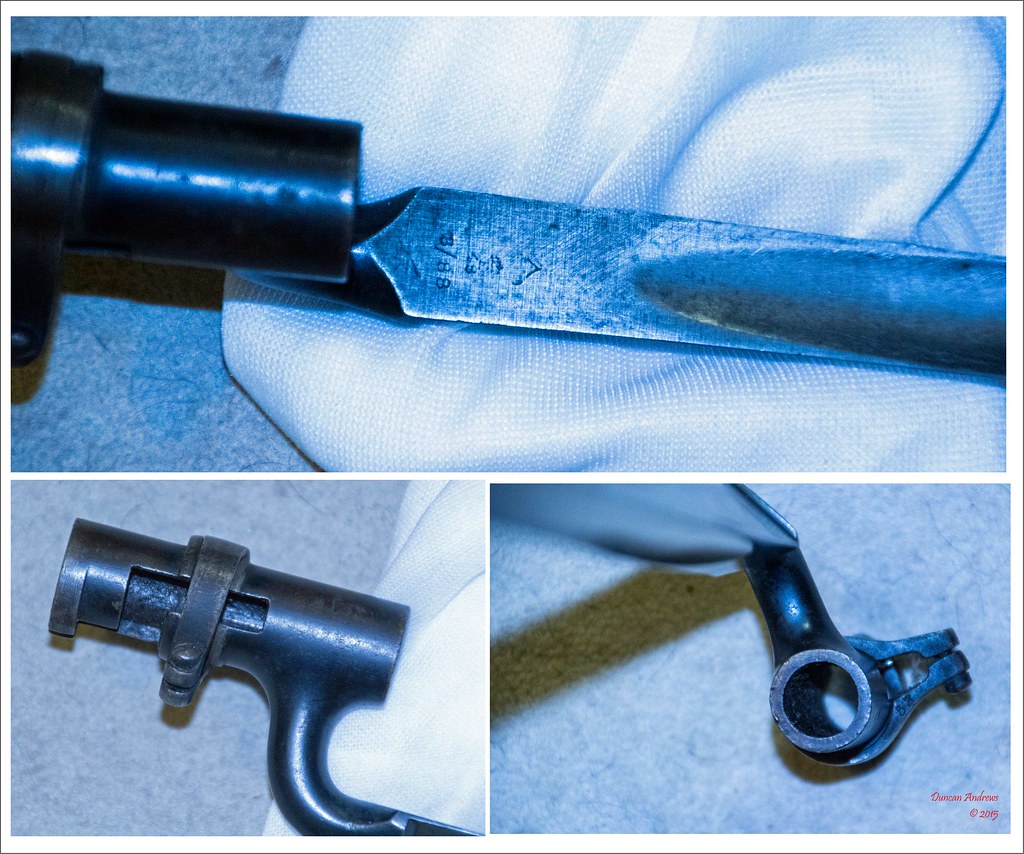

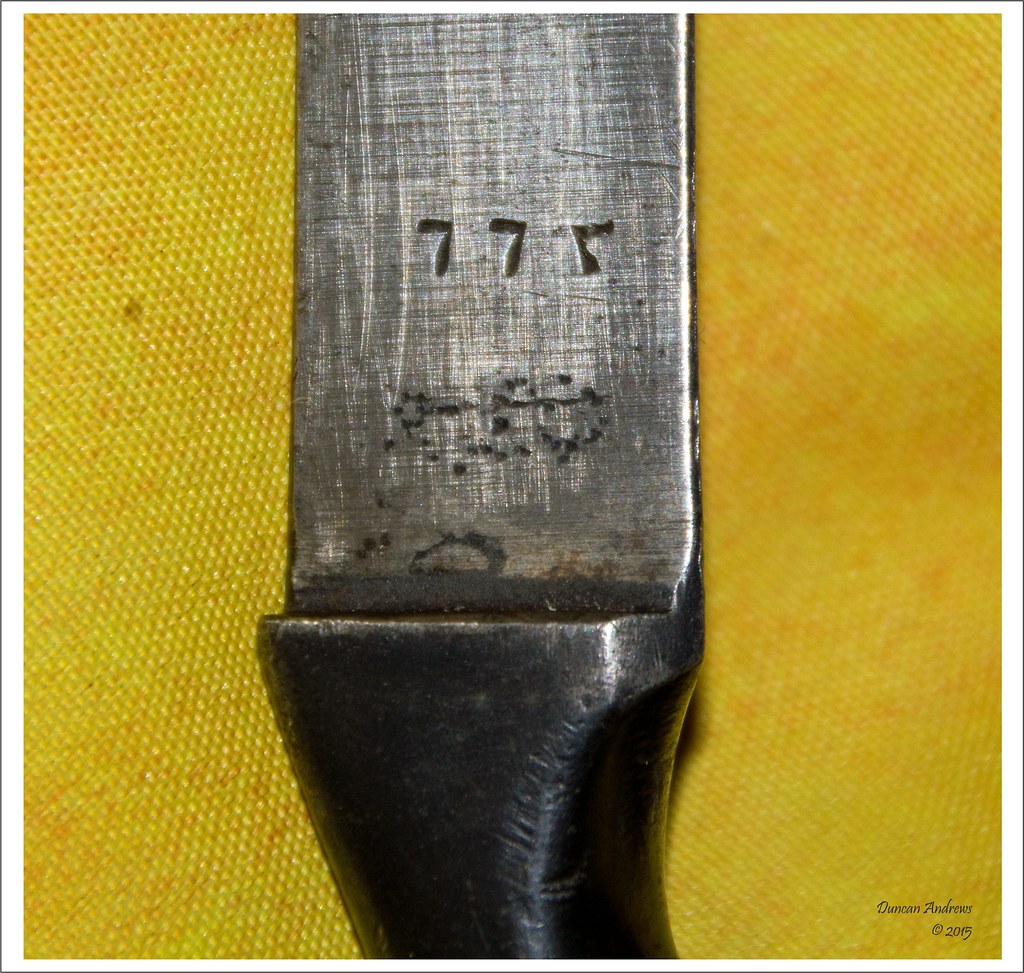
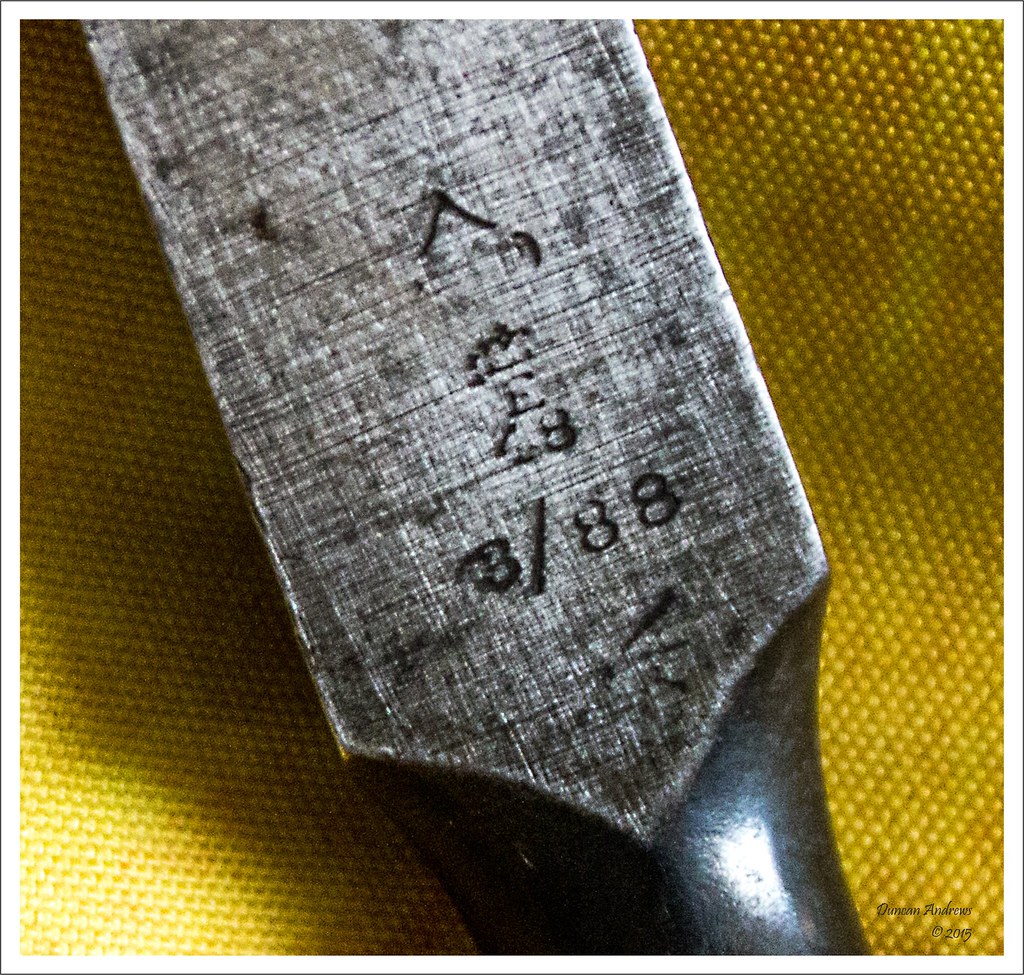
Need to find a M-H to mount it on now



Re: Martini Henry Bayonet
Posted: Sun Oct 04, 2015 1:20 pm
by DuncaninFrance
Just received some info on this bayonet. Apparently I need to find a Martini Enfield Citadel
"You have a Pattern 1876 that has been bushed to fit an Egyptian ME. The bridge has been removed to fit the taller front sight. The marking are probably Egyptian rather than Indian or Nepalese.
Still a nice bayonet.
The British, being a bit more proper, modified Pattern 1876 bayonets to a Pattern 1895 for the ME by bushing the socket, increasing the height of the bridge and re-positioning the slot so the bayonet fit below the barrel rather than on the side."
Isn't life interesting?

